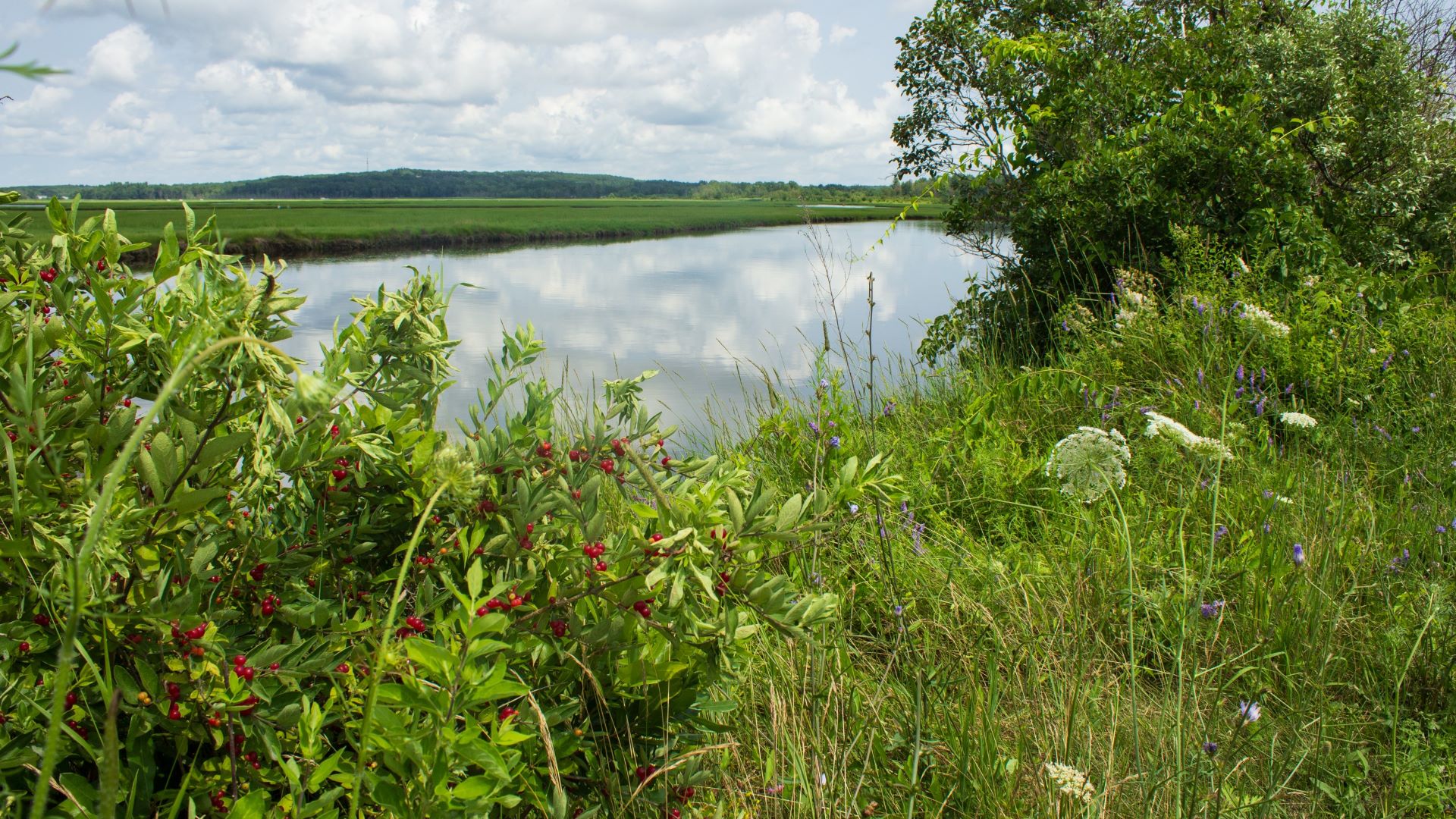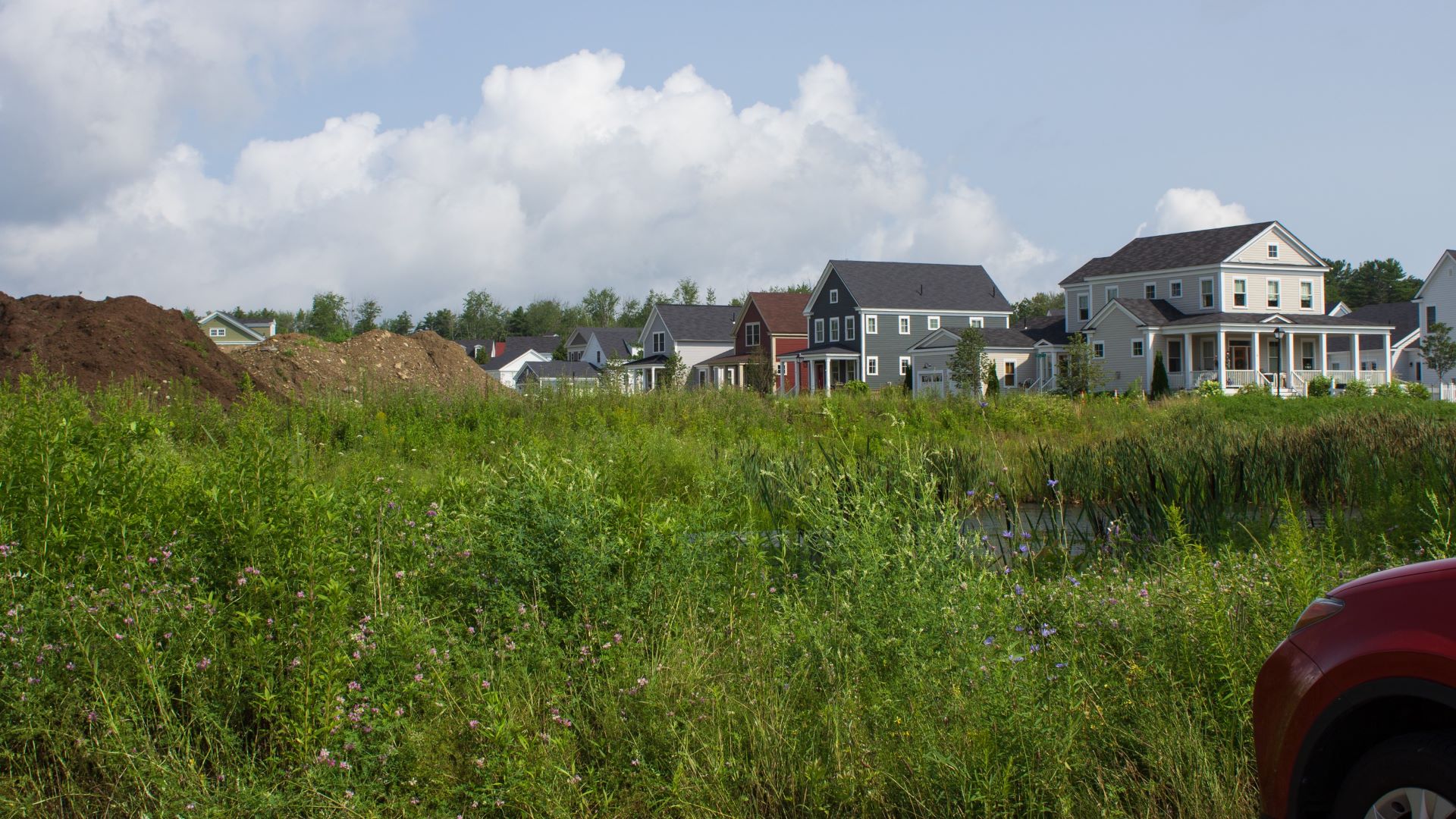Maine salt marshes are a key tool in the fight against climate change, acting as a buffer against storms and soaking up planet-warming emissions. These reservoirs of “blue carbon” can be 10 times more effective at absorbing and trapping carbon than tropical forests.
Marshes are also some of the state’s richest habitats, home to a wide variety of plants, birds and animals. University of Maine researchers once estimated, acre by acre, a healthy salt marsh anchors a food web “more productive than most midwestern farmland.”
For centuries, many of Maine’s coastal marshes were able to slowly build their surface, moving and growing to avoid rising seas. But as a warming world causes oceans to rise more rapidly and storms to intensify, the marshes are having a harder time keeping up — and as development presses in, they have little place to go.
“The decisions Mainers make over the next 10 years are going to determine whether these important ecosystems persist,” said Bates College professor Beverly Johnson, who has studied blue carbon for years, at a Maine Climate Council meeting in December.
Scientists project that Maine could lose 28 to 57 percent of its salt marshes by the end of the century — victims of rising seas, coastal development and polluted runoff, with consequences for biodiversity and storm resilience.
Now, advocates across the coast are racing to give these ecosystems space to survive.
Situated in and around one of the fastest-growing towns in Maine, Scarborough Marsh, the largest contiguous salt marsh in Maine, is getting boxed in at higher elevations by housing developments and roads. These are places where the marsh would ideally migrate upland as seas rise rapidly on the other side.
Steve Pinette is a former geologist and board member of the Scarborough Land Trust, which works with the town and state to try and preserve space for the marsh to expand as the ocean encroaches. He and his colleagues are quietly approaching property owners to ask if they’d consider selling, donating or putting an easement on their land to keep it available as marsh.
The land trust is also looking at ways to divert stormwater runoff from new development, which carries excess nutrients and helps invasive species thrive in the marsh. The freshwater runoff “is lowering the salinity of the marsh, sometimes to almost zero,” said Pinette. “After a rainstorm you get a lot of discharge — it’s from a lot of these subdivisions.”

Around the state, conservation groups are also working to undo centuries of human impact on salt marshes, many of which are impeded by roads or crisscrossed by farming infrastructure, which clogs up the ecosystem and prevents water from flowing in and out on the tides. This can cause the marsh surface to sink, worsening its chances of keeping up with rising seas.
Up the coast in Hancock, marsh restoration specialists like Tatia Bauer of Maine Coast Heritage Trust are trying to clear those clogs by digging new ditches in strategic spots.
“The theory is, if you can cover all of this in plants, (with water) flowing in and out properly, a salt marsh can build elevation to keep up with sea level rise,” Bauer said. “But it is reliant on the fact that this whole plumbing issue gets fixed.”
Advocates say projects like this should make Maine’s marshes more resilient in the face of climate change.
Disclosure: Kate Cough’s husband, Caleb Jackson, works with Maine Coast Heritage Trust. He is not involved in marsh restoration.








